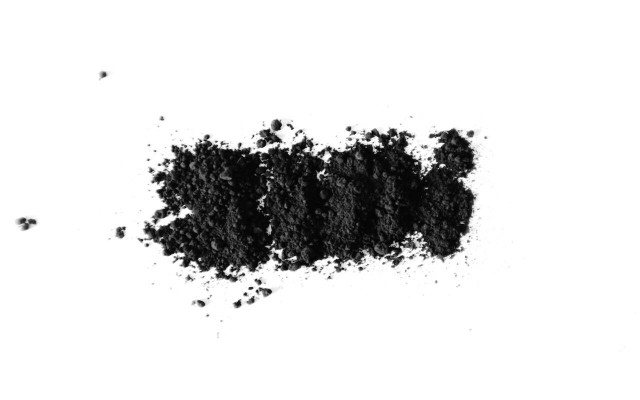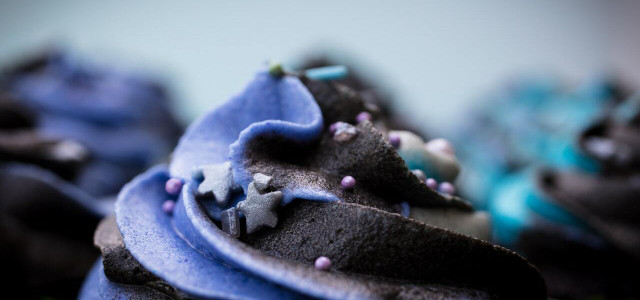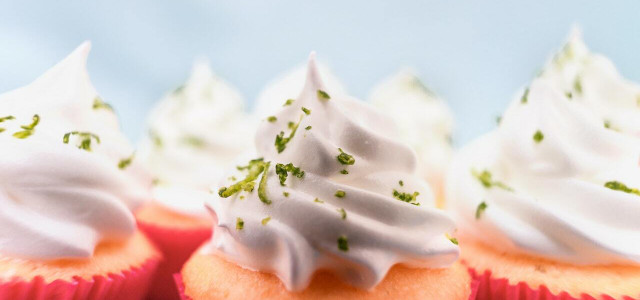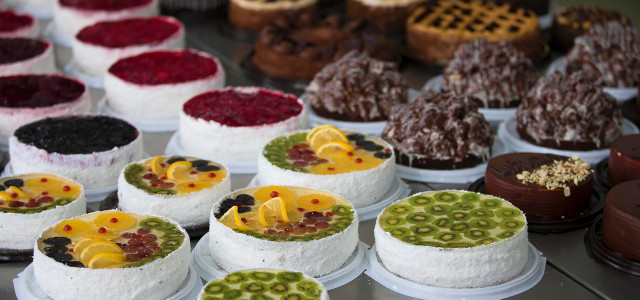If you want to decorate with black icing or frosting, you’ll want to learn how to make black food coloring yourself. We’ll explain how you can do it at home.
Sometimes you want to make your food black to fit the aesthetic you’re going for. Squid ink is a popular ingredient when it comes to coloring savory dishes, but that doesn’t work for baked goods and is also not suitable for vegans. That’s where homemade black food coloring comes in. We’ll show you how to make black food coloring yourself with a few different methods.
It’s worth noting that if you begin with white icing or frosting, it will be very difficult to get that jet-black color. That’s where the cocoa powder hack comes in. If you add cocoa powder, specifically black cocoa powder, to your icing or frosting, you will start with a brown color which is much easier to darken and will require fewer supplies. Just be warned, it will give your frosting a chocolatey flavor.
Tip: When purchasing black cocoa powder, ensure you look for an organic and Fairtrade-certified product.
How to Make Black Food Coloring (Mixing Method)



If you already have food coloring in your cupboard, you can use that to make black food coloring. Most packets include red, green, yellow, and blue colors. If you are working with gel or paste food coloring, you’ll have an easier time getting a deeper black result. If using liquid food coloring, it will take more effort to get a deep black color.
If using gel or paste:
- Mix 1 part blue, 2½ parts green, and 3 parts red, then let sit for at least 10 minutes before using it to let the color settle.
If using liquid coloring:
- Mix 3 tablespoons of red with 2½ tablespoons of green and 1 tablespoon of blue. This creates a bulk mixture that you can store alongside your other food coloring in the cupboard in a reusable glass jar for later use.
You can use either of those two methods to make black food coloring that can be used in cakes, icing, and frosting. If you’re using these methods for frosting or icing, be warned that the coloring may stain your teeth temporarily.
It’s also worth noting that standard grocery-store food coloring brands are not always vegan and may contain animal products such as gelatin and carmine. Consider purchasing brands such as TruColor, Nature’s Flavors, or Color Kitchen for all-natural and vegan food coloring.
Other Ways to Make Black Food Coloring



If you’re looking for options that don’t stain teeth, there are a couple alternative ways to make black food coloring at home. You can achieve great results using black powders made from activated charcoal or black sesame seeds.
Use activated charcoal
This option works best for (vegan) cream cheese frosting or for baking cakes, cookies, and waffles. You can add food-grade activated charcoal (available from Viva Doria on Amazon**) to create a black color. Start by adding one teaspoon and adjust the quantities from there depending on your desired hue.
Use ground black sesame
This ingredient is becoming increasingly popular in Korean baking. You can use ground black sesame seeds as black food coloring to give baked goods both a black color and a unique flavor. Black sesame seeds are known for having a mild nutty flavor compared to white sesame seeds, so keep that in mind when baking. For best results, use black sesame powder (available from ONETANG on Amazon**), though using black tahini (available from kevala on Amazon**) is also an option.
Read more:
- Natural Red Food Coloring: How to Make Natural Food Dyes
- The Difference Between Cacao & Cocoa Explained
- Can You Freeze Cupcakes? Yes, Here’s the Best Way to Do It
Do you like this post?








